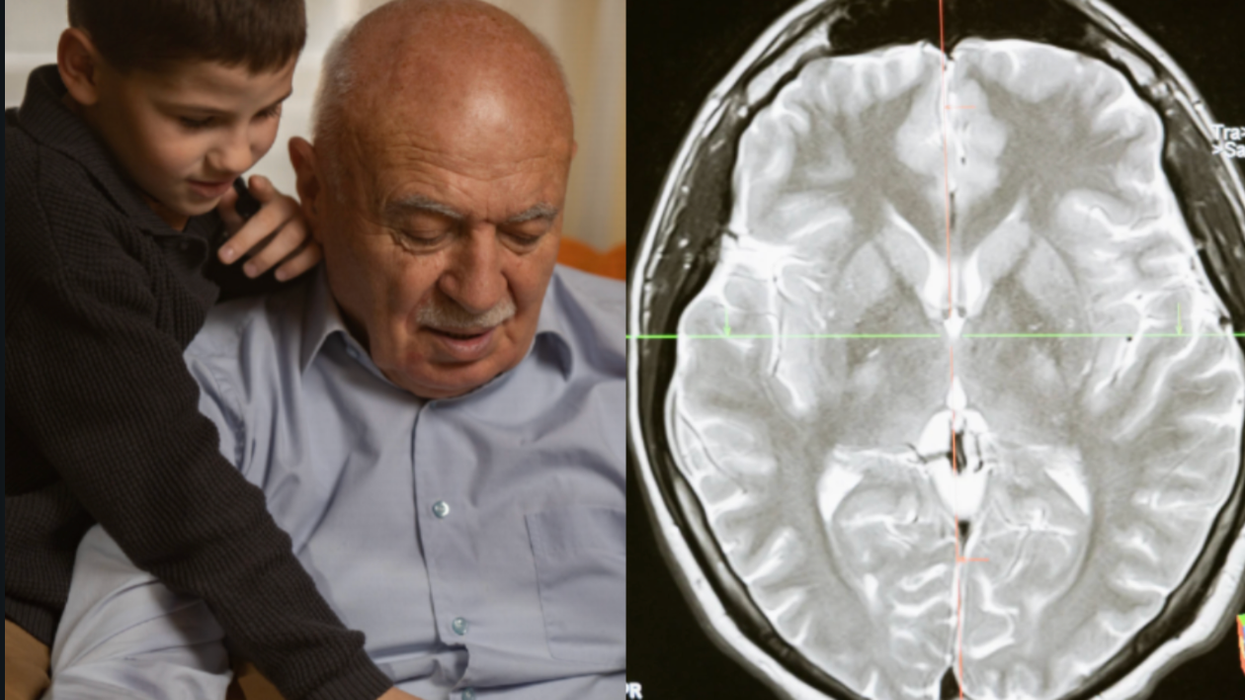Lebanese artist Tania El Khoury heads toward the small fishing port of Ain el Mreisseh in Beirut, a sleepy oasis behind the seafront’s bustling promenade. She warmly greets Adnan Al Oud, an older man who grew up on Beirut’s coastline and has been fishing here most of his life, and hands him a gift: a t-shirt bearing calligraphy that reads “This Sea is Mine.” It’s the name of a still-talked-about performance piece they did together three years ago questioning the increasing privatization of Beirut’s coastline.
The 32-year-old El Khoury, who splits her time between Beirut and London, is probably one of the only “live artists” in Lebanon. It’s a medium that, despite the country’s burgeoning contemporary art scene, has yet to take root. She focuses on site-specific works that straddle the line between art and performance, both in her solo creative endeavors and with Dictaphone Group, a collective she co-founded with architect and urbanist Abir Saksouk-Sasso. Together they work on projects which explore our relationships to the city and public space, with performances staged everywhere from a cable car to long-abandoned railway stations. “The notion of public space in Europe is very controlled,” El Khoury says. “In Lebanon, it has always been more of a natural relationship, but [changing] policies, this neoliberal economy, and all the illegalities that happened during the civil war have affected it.”
The impetus behind This Sea Is Mine was borne out of El Khoury contemplating Beirut’s many beach resorts, which mushroomed during the civil war and have blocked public access to the sea. “This was the first high-rise to go up in the area,” she says, pointing to a dominating apartment block towering above. Al Oud helps us into his small fishing boat, his face browned from the sun, a cigarette hanging from his lips. We trace the same strip of coastline the pair covered in their 2012 performance, when Al Oud took audience members out to sea to witness El Khoury swimming, clutching a sign that read “This Sea Is Mine,” and sharing stories about how the private resorts managed to block the sea, before attempting to swim into one for free. One beach club initially tried to prevent her from entering, then decided it wasn’t worth the trouble and took to ignoring her presence. Reactions from the greater public were varied—some beachgoers offered encouragement while others were more disdainful. “There was one man sipping on a cocktail at Sporting [Beach Club]. The woman next to him asked if I was part of Greenpeace. He said, ‘No, she’s just here to ruin our day,’” El Khoury says with a laugh. “In some mainstream media they said it was a protest. You can call it a protest or performance. If you know the language of live art you would say that. I think it’s a little bit of all of these.”
Now, she sits on the bow of the boat, passing a line of beach clubs backed by the chaotic sprawl of the city. “They all put borders in the sea, it’s insane,” she remarks, looking over to the orange buoys that mark the boundaries of the American University of Beirut’s ocean space.
The research that goes into each project is extensive, the materials they produce always written with an awareness of accessibility. For This Sea Is Mine, El Khoury and Saksouk-Sasso mapped Beirut’s coastline and documented the checkered history of its ownership in booklets, which were then distributed among fishermen and around the city. “It’s academic research that everyone can understand. It’s about us learning from different communities, and working with, not about, them.” This important facet thus morphs their work into civil activism. The research for This Sea Is Mine helped form the basis for a campaign to save Daliyeh, a vast space by the sea, privately owned but publicly used for centuries and now set for private construction.
Later, on the busy terrace of a café in Beirut’s Hamra district, El Khoury sips an espresso as she recounts how her theater degree wasn’t quite fulfilling, finding herself critical of a form that was based on a spectator setting. It wasn’t until working on her master’s in performance making at Goldsmiths, University of London, that she began to find her own voice through interactive performance. “I’m not interested in passivity,” she says firmly. “I’m more interested in a collaborative relationship with the audience where power dynamics are on the same level.”
And perhaps it’s because her pieces draw from everyday experience that audiences connect so powerfully to them. Sparked by a deep political and social awareness, El Khoury uses individual narratives to tackle subjects such as the concentration of power, state violence, borders, gender dynamics, and the idea of “the other.”
One of her earliest performances in London was Jarideh, or “Newspaper,” an experience in which unsuspecting strangers in a public space become participants in an elaborately designed spy thriller. The performance was inspired partly by Britain’s Metropolitan Police report on how to spot a terrorist. “It was ridiculous because you can’t ‘spot a terrorist.’ It was racial profiling.” Having grown up in a country with 18 officially recognized religious sects—making it one of the most diverse societies in the Middle East—El Khoury often weaves this notion of “the other” into her work. “Obviously it’s through experience that I felt like the other, but also when you’ve placed yourself in your own performances, you can’t really not think about that. It’s about placing your body in different locations and how that is visible or invisible to different people.”
Her 2014 piece Gardens Speak, exploring real stories of oppression under the Syrian regime, is El Khoury’s biggest to date, and she is still touring it with performances planned around the world. Working with Syrian writer and activist Keenana Issa, El Khoury created a garden with speakers entombed in the ground that projected first-person narratives of Syrian citizens’ deaths—stories Issa collected from Skype interviews with surviving family members. “The idea came to me when I realized that some people in Syria are buried in gardens; [they] don’t get rid of their oppressive regime even after they die.”
“Most of the people who were working on the sound were Syrian—some of them were even friends of the characters,” El Khoury adds. “It was the most difficult project, but we want to tell their stories.” She commissioned a designer to create wooden tombstones with the names of the martyrs, and now carries them with her in a bag as she travels the globe to exhibit her work, leaving them behind in each country. “It’s a symbolic idea to plant them in different soil around the world,” she says. El Khoury is also gathering letters written to the martyrs from audience members. After translating them, she’ll send them to the families of the deceased.
It’s here, where the boundaries between art and real life blur, where El Khoury’s work has a profound impact. “I’m interested in writing history from below,” she says. “In how we can record what is happening and be actively part of writing our own history.”







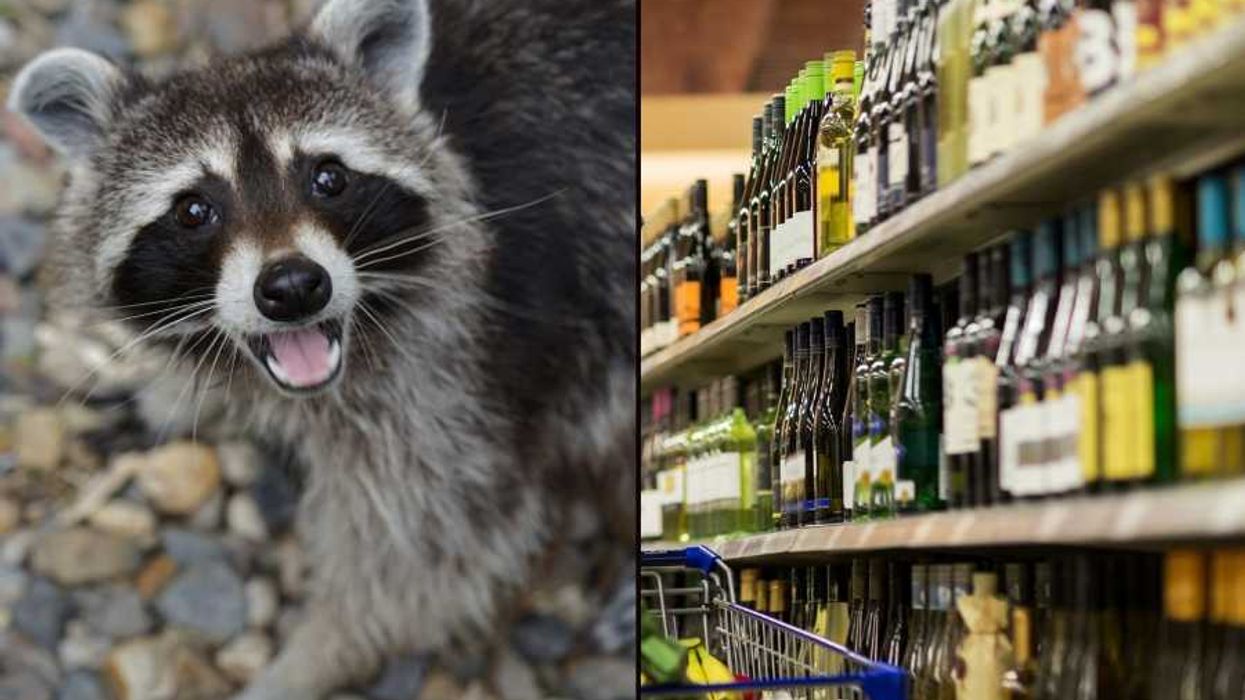









 Ladder leads out of darkness.Photo credit
Ladder leads out of darkness.Photo credit 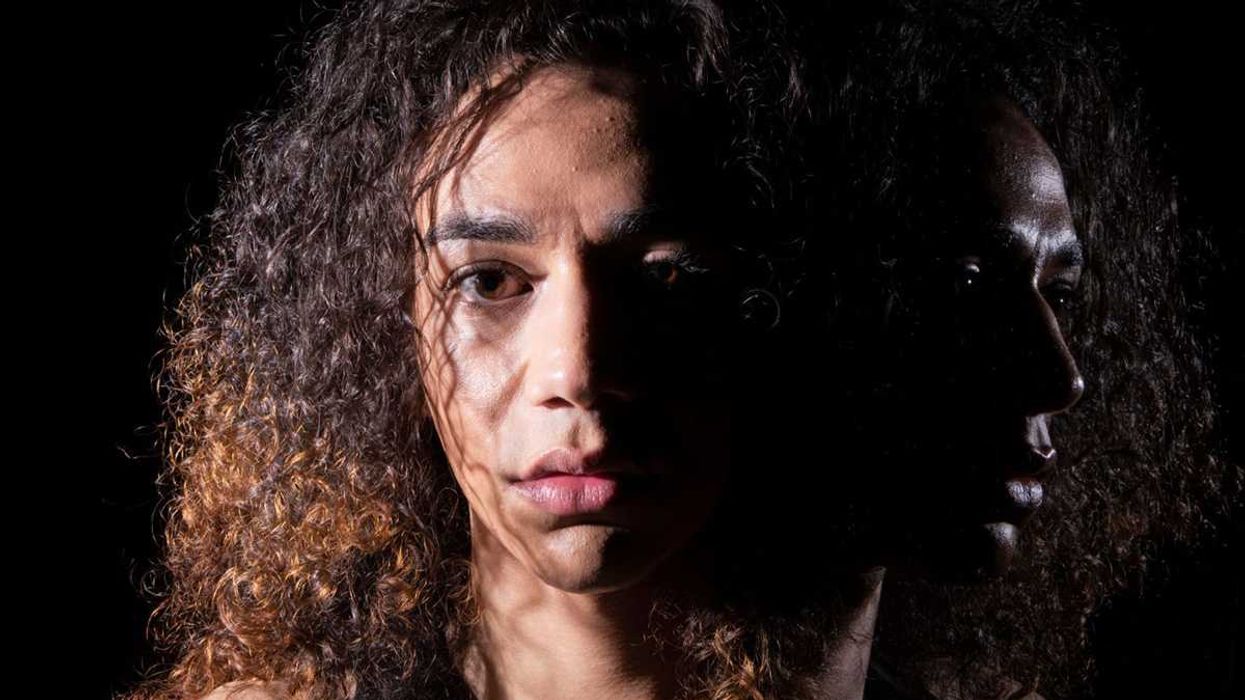 Woman's reflection in shadow.Photo credit
Woman's reflection in shadow.Photo credit  Young woman frazzled.Photo credit
Young woman frazzled.Photo credit 
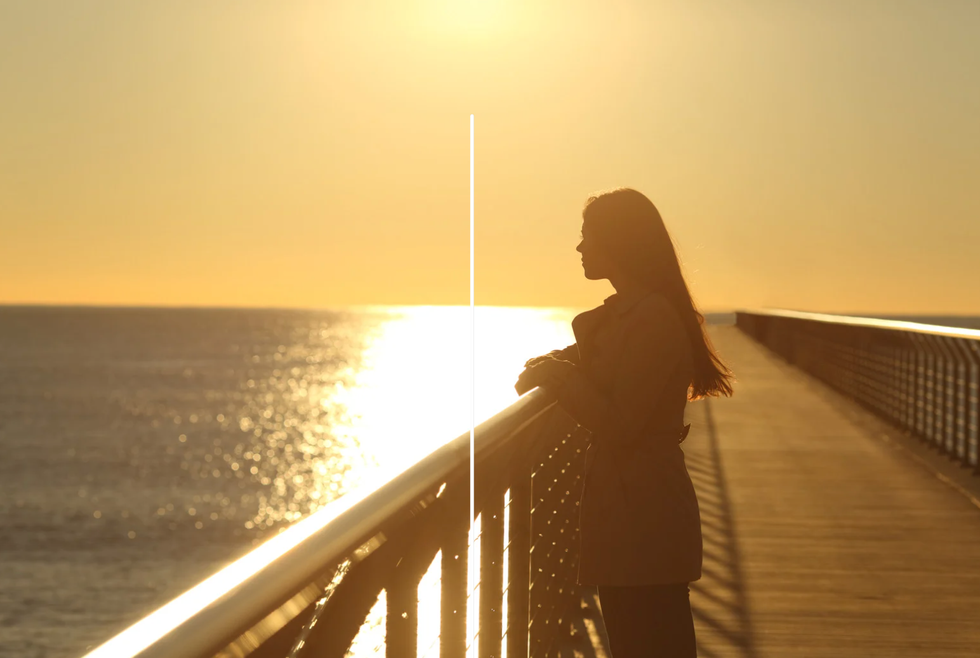 A woman looks out on the waterCanva
A woman looks out on the waterCanva A couple sits in uncomfortable silenceCanva
A couple sits in uncomfortable silenceCanva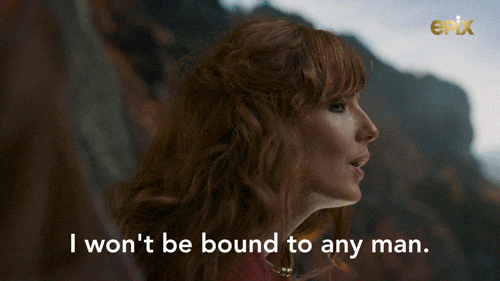 Gif of woman saying "I won't be bound to any man." via
Gif of woman saying "I won't be bound to any man." via 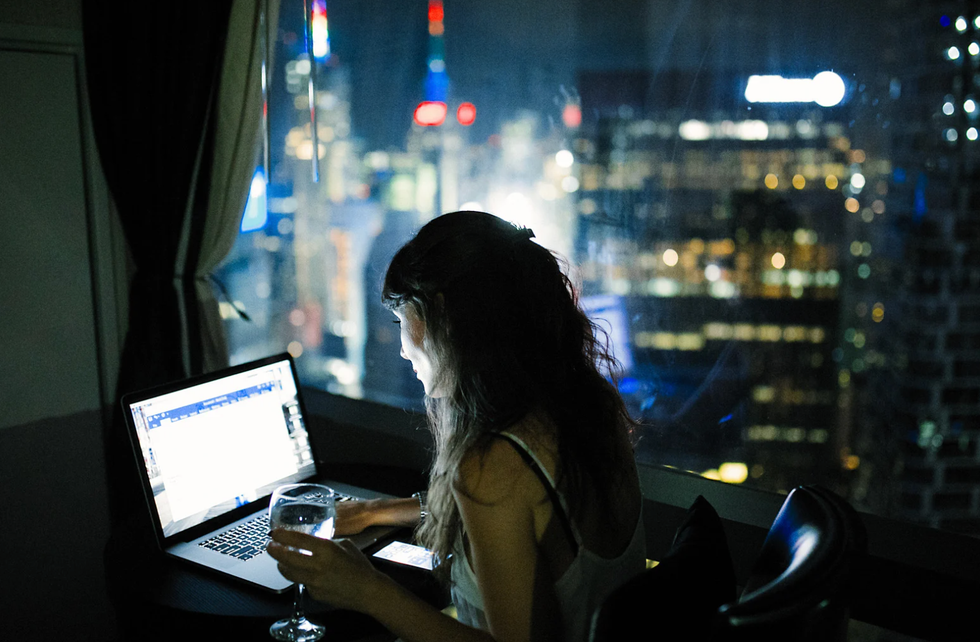 Woman working late at nightCanva
Woman working late at nightCanva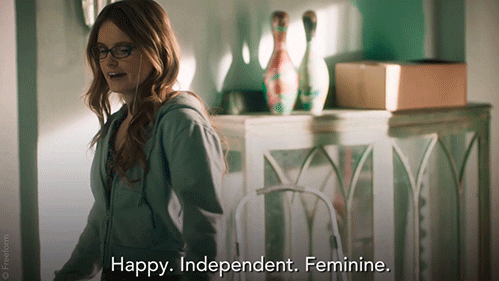 Gif of woman saying "Happy. Independent. Feminine." via
Gif of woman saying "Happy. Independent. Feminine." via 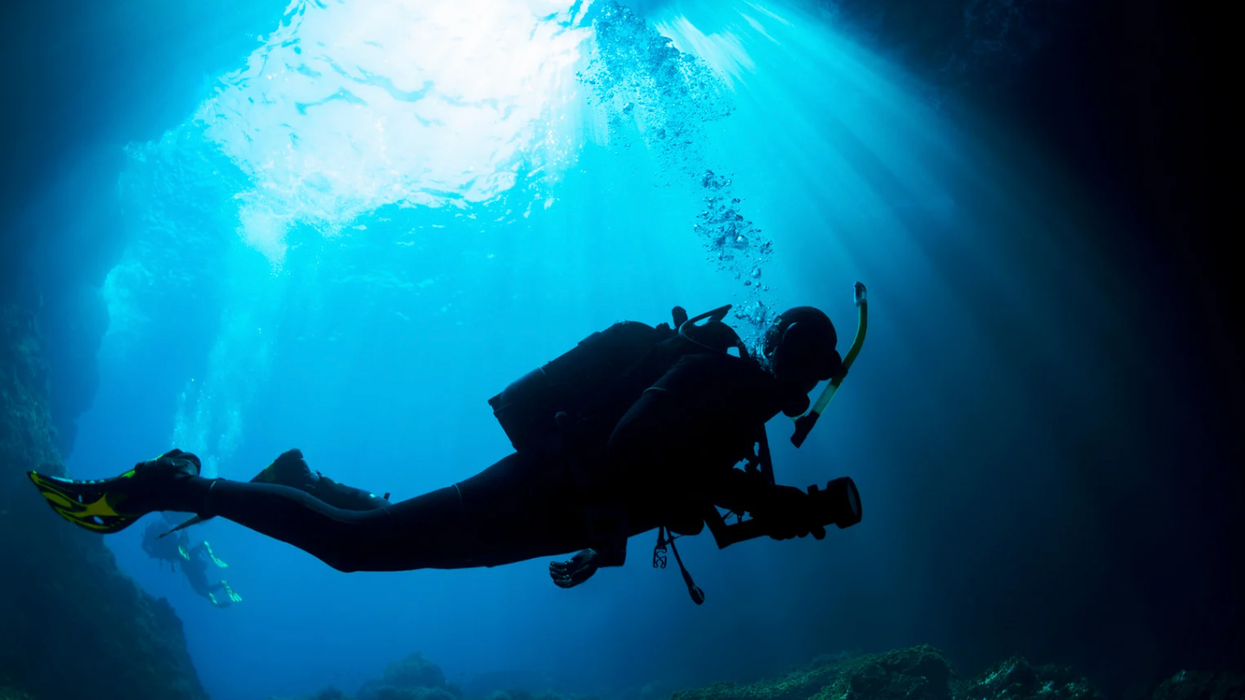
 Yonaguni Monument, as seen from the south of the formation.
Yonaguni Monument, as seen from the south of the formation. 